The OneChipBook-12 from 8086YES! might look like a chunky netbook from years ago, but it is actually an FPGA development platform centered around the Cyclone EP1C12Q core. For those unfamiliar, an FPGA, or field-programmable gate array, is a type of integrated circuit that can be reprogrammed after manufacturing. This flexibility means it can be configured thousands of times into a wide variety of digital circuits, making it an excellent learning tool for experimenting with hardware design.
The Altera Cyclone EP1C12Q240 chip on the OneChipBook-12 offers over 12,000 logic elements and 240kbits of RAM. It’s paired with 32MB of SDRAM and an SD card slot for storage (FAT16 supported), giving it just enough power and flexibility for retro computing projects or educational experimentation.
The unique aspect of the OneChipBook-12 is its self-contained design. Unlike most FPGA dev boards that require you to bring your own monitor, keyboard, and power supply, this one has everything built-in. It uses a 1024x768 LCD panel, salvaged from an old iPad 2, and a backlit mechanical PS/2 keyboard available in two layouts — a standard version, with function keys, and a version customized for MSX-style emulation, including KANA and GRAPH keys.
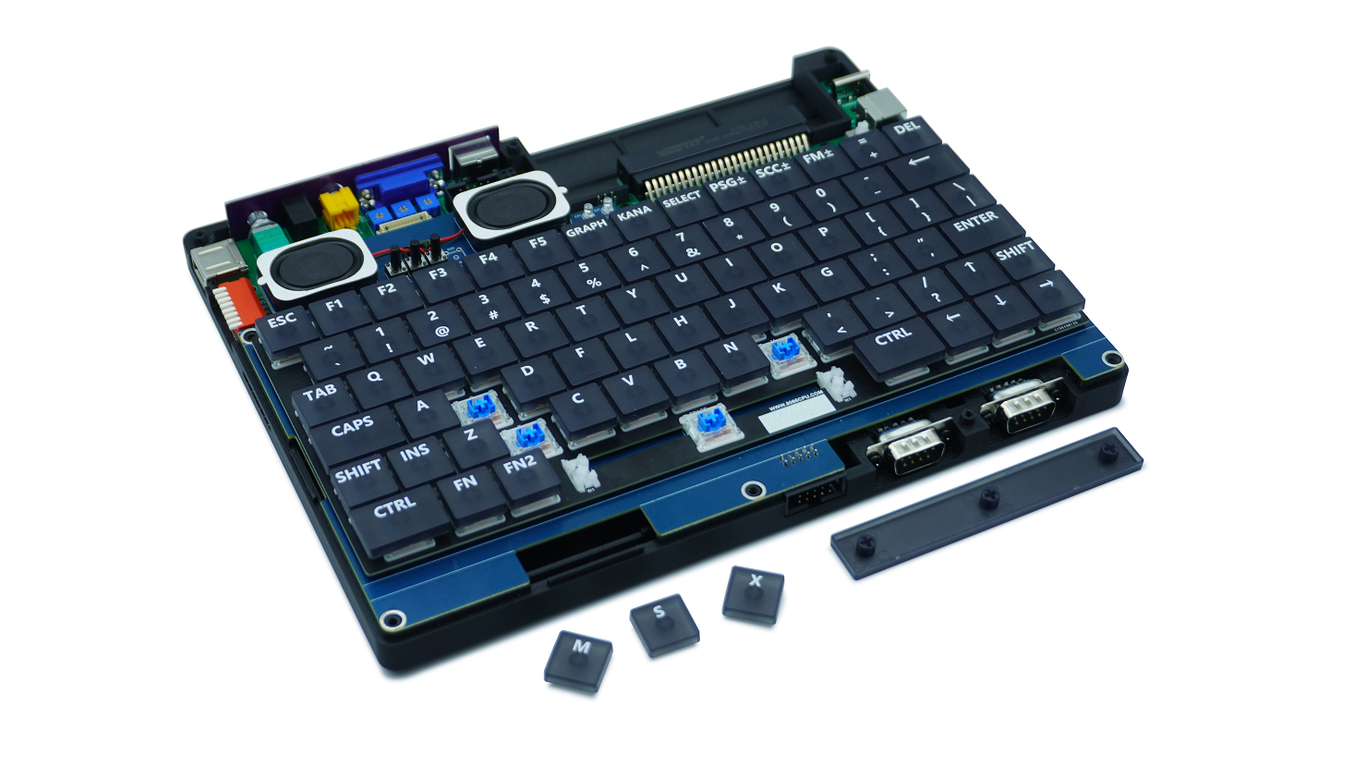
For I/O it includes a PS/2 port, dual DB9 joystick ports, and USB Type-A, while video output options include VGA, S-Video, and composite video. The device also comes with built-in stereo speakers, a 3.5mm headphone jack, and a volume knob that adds to the retro appeal. A small expansion cartridge slot and DIP switch round out the customization options, while power comes from a USB Type-C port and an internal lithium battery, making it portable enough to carry around in a backpack.
You can purchase the OneChipBook-12 on Tindie and Ebay for $215 or around $235 on AliExpress. It may not be for everyone, but if you’ve ever wanted a portable FPGA dev kit, this might be worth the money.
The OneChipBook-12 doesn’t ship with a firmware, but it does include a USB Blaster for loading your own FPGA cores. As pointed out by CNX-Software, the provided PDF documentation offers hardware details along with general guidance on flashing firmware. However it lacks any instructions on how to install MSX firmware — likely due to legal concerns.
Some users have pointed out that the device was once marketed as the MSXBook, a name that has since been dropped to avoid infringing on the MSX trademark. The company behind the OneChipBook-12 reportedly offered support in the past, but no longer do so. However, if you are still interested, this webpage offers more detailed guidance on flashing firmware to the device (although it is in Japanese).

 6 months ago
96
6 months ago
96
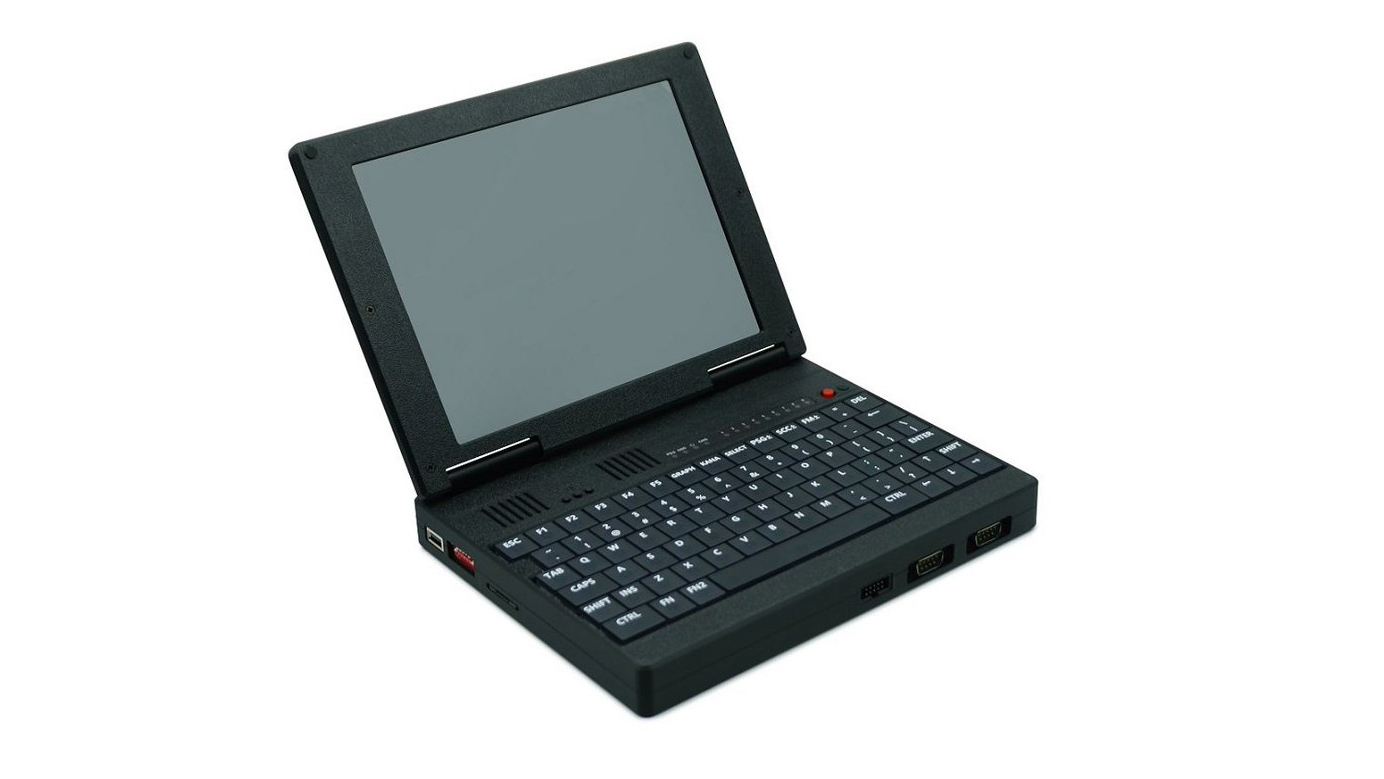
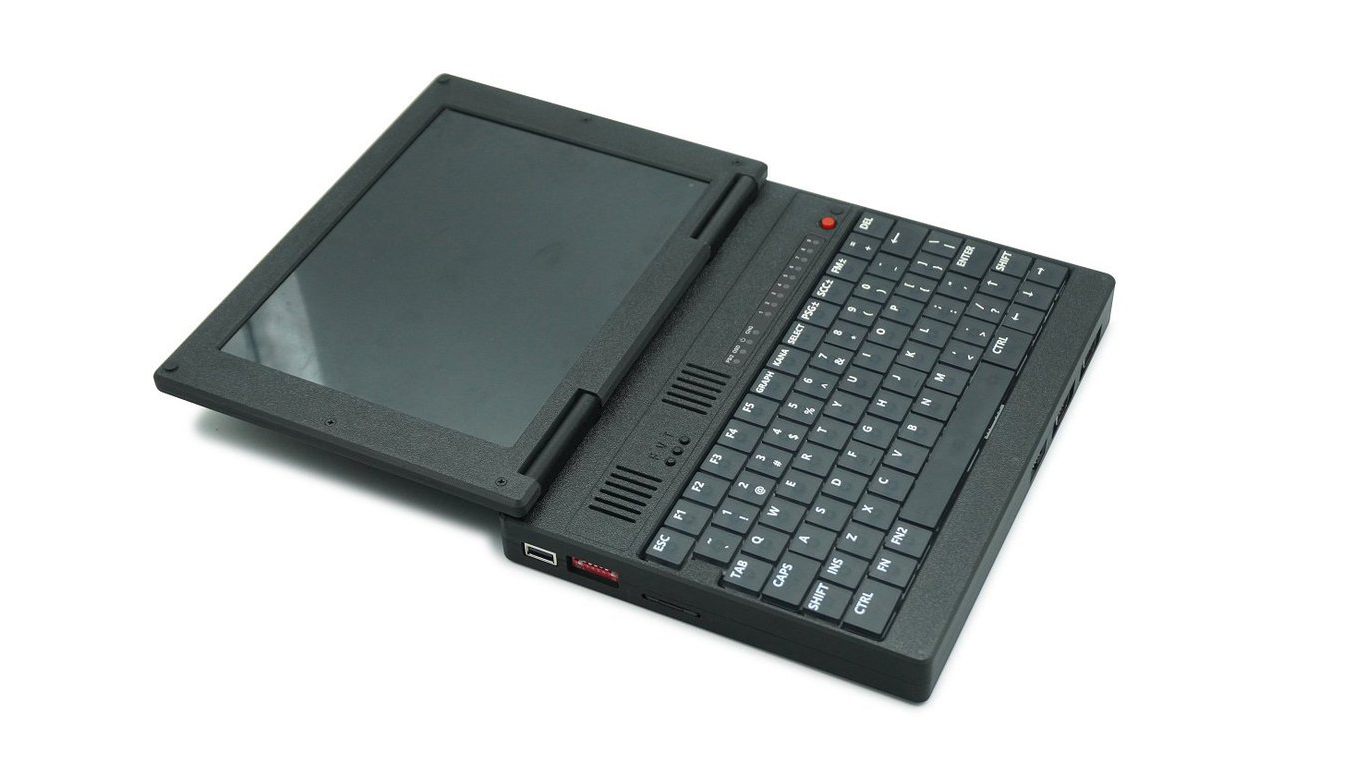


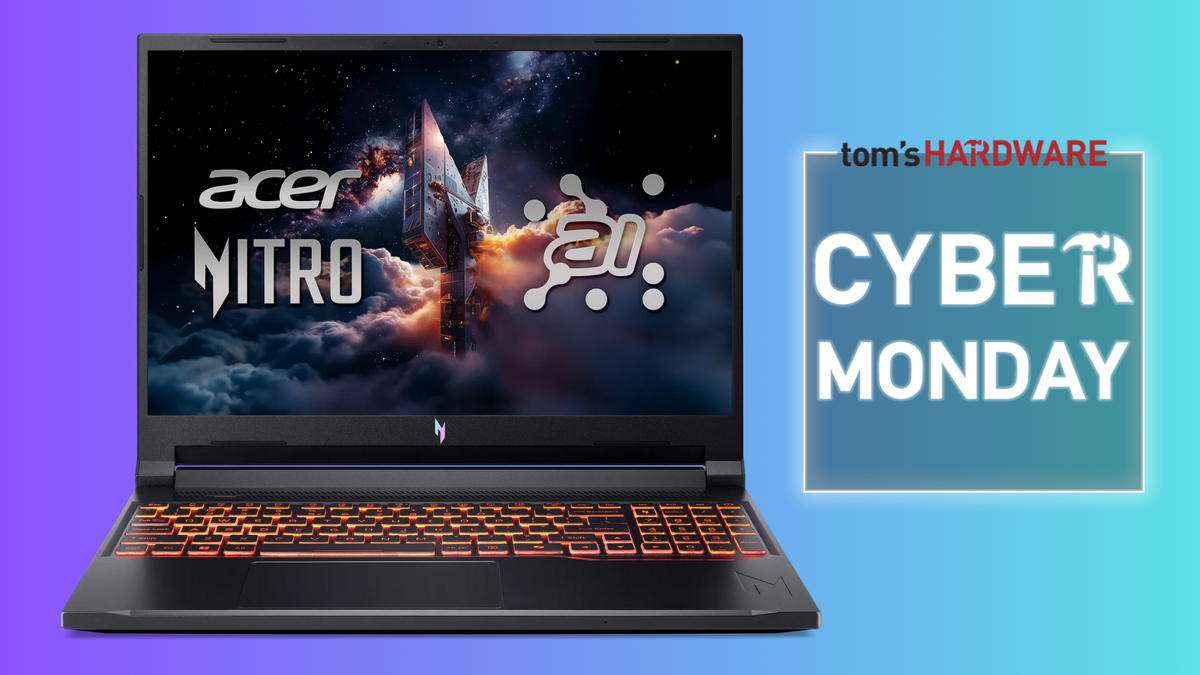
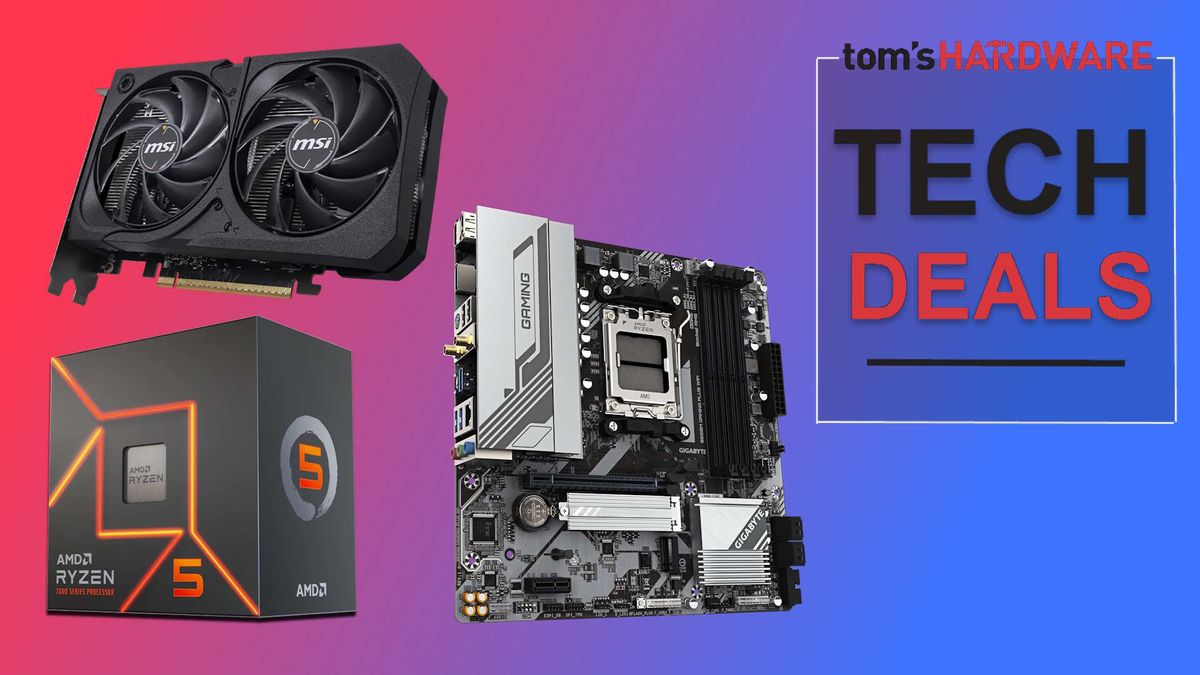



 English (US) ·
English (US) ·